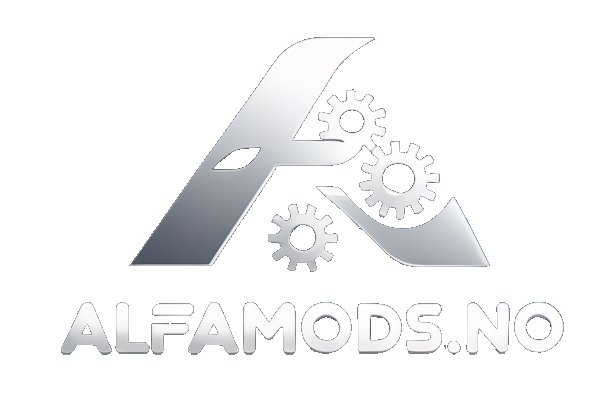GIANTS Software’s collision model, particularly in its Farming Simulator series, involves using separate collision meshes for objects to avoid performance issues caused by high polygon counts. Objects without a rigid body are rendered but don’t cause collisions. This allows for more complex object designs without impacting performance.
Inside GIANTS Editor there’s an option inside the Attributes Panel called Rigid Body. This one have to be selected first if collision is to be applied to the selected object, which usually is a 3D mesh in the Scenegraph with a blue cube symbol.
Then if the selected object isn’t of a complex shape form – example a simple cube, we can apply collision to the object directly by accessing the Rigid Body tab that becomes visible inside the Attributes Panel. Depending on type of collision we select, we’ll see a warning inside the editor’s console that says: Warning: Mesh cooking ‘cube’.
Premade Collision Models
Such meshes are to be rendered invisible inside GIANTS Engine. So to make that possible we’ll have to move over to the Shape tab inside the Attributes Panel. Let’s select the option that says Non Renderable.
Usually collision models for a more complex mesh object is imported into GIANTS Editor from File > Import…
Static Collision
Static collision models are used for objects that remain immobile throughout the game—for example, buildings, terrain, or any environmental structure that isn’t expected to move. In this scenario, the collision mesh is essentially a defined barrier that mirrors the shape of the visual model. Because these objects never change state, the collision calculations are relatively simple, which helps maintain game performance. Typically, a static collision mesh in Giants Editor 10.0.5 is either directly derived from or carefully simplified from the visual geometry to ensure that it closely matches the object’s outline without incurring unnecessary computational overhead.
Dynamic Collision
Dynamic collision models, in contrast, are assigned to objects that need to interact physically with other elements of the game world. Think of vehicles or machinery that respond to forces, impacts, or other moving entities. For these objects, the collision model must be more refined and usually relies on simpler, often convex shapes that work efficiently with the game’s physics engine. This approach allows for realistic reactions such as bouncing, sliding, or rotating. In Giants Editor 10.0.5, setting up a dynamic collision model typically involves creating a separate, low-poly collision mesh that’s optimized for physics simulation, ensuring that the object not only looks correct but also behaves as expected under dynamic conditions.
Implementation and Best Practices
- Defining the Collision Mesh:
- Static Objects: Ensure that the collision mesh is an accurate representation of your object’s shape without excessive detail. Overly detailed meshes can lead to performance issues even in static scenarios.
- Dynamic Objects: It’s advisable to use a simplified, often convex, collision mesh for dynamic objects. A separate collision mesh—distinct from the detailed visual model—minimizes the computational load while maintaining accurate physical responses.
- Physics Properties:
For dynamic collisions, you’ll need to adjust physical properties like mass, friction, and restitution. These parameters influence how the object interacts during collisions. Fine-tuning these settings in Giants Editor 10.0.5 is essential for achieving the desired behavior. - Naming Conventions and Hierarchies:
Giants Editor relies on specific naming conventions and node hierarchies to identify collision objects. For instance, using names or prefixes that the engine recognizes helps ensure that the collision model is correctly interpreted during the physics simulation. - Collision Filtering:
Both collision types benefit from proper collision filtering. This process assigns collision groups or categories, defining how objects interact with one another. Check that the filter group settings are in line with Giants Editor’s guidelines so that static objects serve solely as barriers and dynamic objects interact properly with each other.
Additional Considerations
If you’re encountering issues—such as objects not colliding correctly, falling through the environment, or behaving unpredictably during impacts—it’s wise to verify that:
- The collision mesh’s scale and orientation perfectly match the visual model.
- Dynamic collision meshes are appropriately simplified; if they’re concave when a convex shape is needed, the physics engine may struggle to process them.
- The node names and group assignments follow the Giants Editor’s required conventions.
